
The Ultimate Post-Workout Routine: 7 Proven Steps for Faster Recovery and Lasting Results
Getting a good workout in is a huge win, but what you do after that workout is just as important, if not more so. It's easy to overlook the post-workout routine—maybe you're rushing to the next thing on your to-do list or just eager to relax on the couch—but if you want to see results, you've got to give your body the care it deserves.
If you aim to build muscle, improve your endurance, or feel better overall, what you do in the hours after your workout can make all the difference. This guide will walk you through the perfect post-workout routine to help you recover faster, stay energized, and keep moving toward your fitness goals.
BM47 is a natural support with recurring neuralgia, arthralgia, myalgia fibromyositis, stiffness, weakness, spasms of muscles, and fatigue.
1. Cool Down and Stretching
So, you've just crushed your workout—excellent job! But before you head out the door, give your body a proper cool-down. This part is often overlooked, but it's vital to keep your muscles happy and healthy.
When you suddenly stop intense exercise, your heart rate and blood flow can drop quickly, which isn't great for your body. A good cool-down helps ease your heart rate back to normal and can prevent dizziness or fainting. Plus, it allows your muscles to transition from hard work to rest.
Stretching is the next step and is more important than you might think. After your muscles have been worked, they're warm and pliable, making it the perfect time to stretch. This helps improve your flexibility and reduces the risk of injury. Focus on the muscle groups you just worked out. If it was leg day, spend more time on your hamstrings, quads, and calves. If you hit your upper body, stretch out your shoulders, chest, and arms. It only takes a few minutes, but your body will thank you later with less stiffness and better overall flexibility.
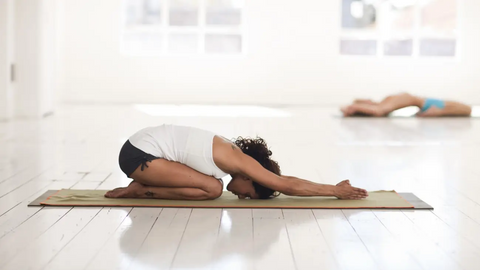
2. Hydrate Effectively
Now that you've cooled down, it's time to hydrate. Your body loses a lot of fluids during a workout through sweat, and replacing what you've lost is essential. Hydration isn't just about satisfying your thirst; it's about helping your body recover and stay energized.
Water is your best friend here. It helps to regulate your body temperature, transport nutrients, and keep your joints lubricated. If you’re feeling fatigued after a workout, it could be a sign that you need more fluids. Sipping on water during and after your workout helps maintain your energy levels and keeps everything functioning smoothly.
BM187 may help with energy levels. Useful for consistent or occasional fatigue, appetite loss, and aching pains. It is effective for periods of stress or illness recovery.
But it's not just about water. Suppose you've had a particularly intense or long workout. In that case, you might need to replenish electrolytes, too—these are minerals like sodium and potassium that help your muscles contract and your nerves function properly. You can find electrolytes in sports drinks, but be mindful of the sugar content. For a natural boost, coconut water is a great alternative, offering hydration and a dose of electrolytes without added sugars.

3. Post-Workout Nutrition
Let's talk food—because what you eat after your workout is just as important as the workout itself. Your muscles need fuel to repair and grow, and proper nutrition can make a big difference in how quickly you recover and how strong you get.
After a workout, your muscles are like sponges, ready to soak nutrients. This is the perfect time to eat something high in protein and carbohydrates. Protein is essential because it provides the amino acids your muscles need to repair the tiny tears that happen during exercise. Carbohydrates, on the other hand, help replenish your glycogen stores, which are your muscles' primary energy source.
You don’t need to eat a huge meal right after working out but try to have something within 30 to 60 minutes. A simple option is a smoothie with a scoop of protein powder, a banana, and almond milk, or a piece of whole-grain toast with peanut butter and a side of Greek yogurt. The key is to get a good balance of nutrients that will kickstart your recovery process and keep your energy levels up for the rest of the day.
Even a small snack can do wonders if you're in a rush or not hungry after your workout. Think about a protein bar or a handful of nuts with a piece of fruit. The goal is to refuel your body so that it can start rebuilding stronger and more resilient muscles, setting you up for success in your next workout.
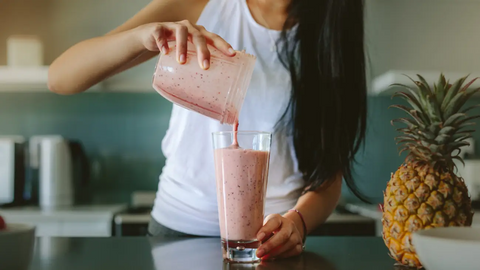
4. Take Your Recovery Supplement
After a solid workout, your body is in recovery mode, working hard to repair muscles, replenish energy, and get you ready for whatever comes next. While proper nutrition and hydration play huge roles in this process, adding a quality recovery supplement to your routine can take your post-workout care to the next level.
That’s where our Recovery Remedy comes in. This isn’t just another supplement; it’s a natural solution designed to support your body’s growth and recovery processes, helping you bounce back faster and stronger.
Recover is a natural solution made to support your body's production of growth hormones. It aims to boost your energy levels and vitality for a more active lifestyle. Useful for enhancing muscle tone and strength and maintaining optimal bone health with regular use.
One of our Recovery Remedy's most significant benefits is its support for lean muscle development. Whether you aim to tone up or build strength, this supplement helps your muscles recover from the strains of a challenging workout, allowing them to grow and become stronger over time. And it doesn't just stop at your muscles. The supplement is formulated to boost your metabolism, helping you maintain a healthy weight and energy levels throughout the day.
But it's not just about the physical benefits. We all know intense workouts or a hectic lifestyle can affect mood and mental clarity. Our Recovery Remedy is crafted to promote emotional balance, helping you stay positive and mentally sharp, even on the busiest days. With consistent use, you may notice an uplift in your overall mood and resilience to stress—something that's just as important as physical recovery.
The best part? It’s made from natural ingredients, so you can feel confident knowing you’re putting something safe into your body. Plus, since it’s natural, it’s free from harmful side effects, making it a supplement you can rely on for long-term use. It’s especially beneficial for those over 35, who often feel the most significant improvements in vitality and well-being.
While you'll start to feel some of the benefits immediately, the most noticeable improvements come with consistent use. So, make it a regular part of your post-workout routine, and watch how it transforms your recovery and overall well-being.

5. Rest and Recovery
After a challenging workout, it's easy to feel you should keep pushing—especially if you're chasing big fitness goals. But here's the thing: rest is just as important as the workout. Your muscles need time to repair, rebuild, and get stronger, which doesn't happen while you're in the gym. It happens during recovery.
When you work out, you create tiny tears in your muscle fibers. This might sound bad, but it's a good thing because as your body repairs these tears, your muscles grow stronger. However, this process takes time, and that's where rest comes in. Without enough rest, your muscles can't repair properly, leading to overtraining, fatigue, and even injury.
But rest doesn’t mean you have to be completely inactive. There’s something called active recovery, which involves low-intensity activities that keep your body moving without putting too much strain on your muscles. Think of activities like walking, light cycling, or yoga. These activities can help increase blood flow to your muscles, speeding up the recovery process while giving your body the rest it needs.
However, sometimes your body really needs a break, and that's where passive recovery comes into play. This is when you take a complete rest day—no workouts, no intense activity. Just letting your body relax and recover naturally. It's about listening to your body and giving it what it needs to return even stronger.
Incorporating active and passive recovery days into your weekly schedule helps prevent burnout and keeps you progressing toward your goals.
So next time you plan your week, don't just focus on the workouts—make sure you're giving your body the time it needs to rest and recover. This will set you up for long-term success and well-being.

6. Prioritize Adequate Sleep
Let's talk about one of the most underrated parts of your post-workout routine: sleep. Getting caught up in the idea that pushing harder and doing more is the key to getting results is easy. Still, without enough quality sleep, all that hard work can go to waste.
Sleep is when your body does some of its most crucial recovery work. During deep stages of sleep, your muscles repair, your tissues regenerate, and your body releases growth hormones—essential for building muscle and recovering from the physical stress of exercise.
Getting enough sleep isn't just about quantity; it's about quality, too. Aiming for seven to nine hours a night is an excellent general guideline, but what really matters is deep, restorative sleep. This is when your body can fully relax, your mind can de-stress, and you wake up feeling refreshed and ready to tackle your day—and your next workout.
BM219 may help your body deal with causes of sleeplessness, stress, anxiety, prolonged inability to sleep naturally, and disturbed sleep.
Now, if you’re finding it hard to get quality sleep, you can try a few things. First, set a regular sleep schedule. Going to bed and waking up at the same time each day helps regulate your body's internal clock, making it easier to fall and stay asleep. Creating a bedtime routine can also make a huge difference. Whether reading a book, taking a warm shower, or doing some light stretching, these activities signal to your body that it's time to wind down.
Also, pay attention to your sleep environment. A dark, cool, quiet room can significantly affect how well you sleep. And try to keep electronics out of the bedroom—blue light from screens can mess with your body’s natural sleep cycle, making it harder to drift off.
If you prioritize sleep as much as you do your workouts, you'll notice a difference in how you feel daily and in your workout results. Your body will be better prepared to handle the stress of exercise, recover faster, and build strength more efficiently.

7. Monitor Progress and Adjust
After you've worked hard at the gym, paid attention to your post-workout routine, and prioritized rest and recovery, it's time to ensure all that hard work is paying off. That's where monitoring your progress comes into play.
Tracking your progress ensures you're on the right path to reach your goals. Whether you aim to build muscle, lose weight, or feel stronger and healthier, keeping an eye on your progress helps you stay motivated and make any necessary adjustments to your routine.
One way to monitor progress is to keep a workout journal. Write down what you do each day, how you feel during and after your workout, and any changes you notice in your body or performance. Over time, you'll see patterns—maybe you're lifting heavier, running faster, or feeling more energetic throughout the day. These small victories are what keep you moving forward.
It’s also important to set measurable goals. Instead of vague goals like “get fit” or “build muscle,” set specific targets like “increase my bench press by 20 pounds in the next three months” or “run a 5K in under 30 minutes.” These goals give you something tangible to work towards and make it easier to track your progress.
As you monitor your progress, be prepared to make adjustments. Your body adapts to the demands you place on it, so what worked for you a few months ago might be less effective now. You may need to switch up your workout routine, try a new type of exercise, or adjust your diet to keep seeing results. And don't forget about rest and recovery. If you're feeling burnt out or not recovering as quickly, it is time to dial back and give your body more time to recuperate.
Consistency is vital to seeing results, but that doesn't mean doing the same thing repeatedly. It's about being consistent in your effort while being flexible and smart about approaching your goals. If you keep an eye on your progress and aren't afraid to tweak your routine, you'll keep moving forward and stay on track to achieve your fitness goals.

The Bottom Line
Ultimately, your post-workout routine is about more than just cooling down and heading home—it's about setting yourself up for long-term success. By stretching, hydrating, nourishing your body, and giving it the rest it needs, you're doing more than just recovering—you're building a stronger, healthier you. And with the right mindset and consistency, you'll start seeing the results you've been working hard for.
Remember, it's not just about the workout; what you do afterward counts. So, take care of your body, listen to what it needs, and watch how those small, intentional steps can significantly change how you feel and perform.


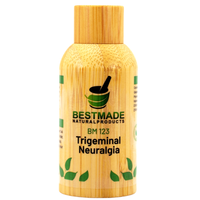
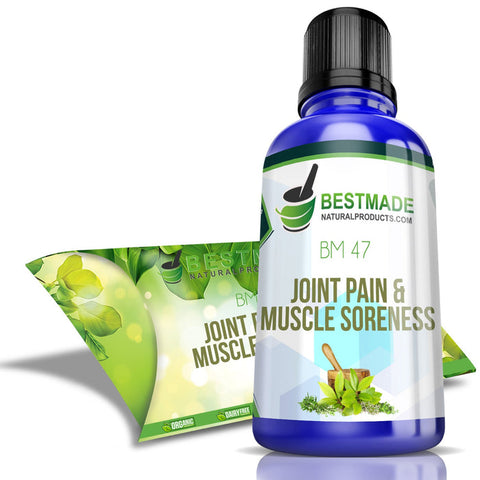
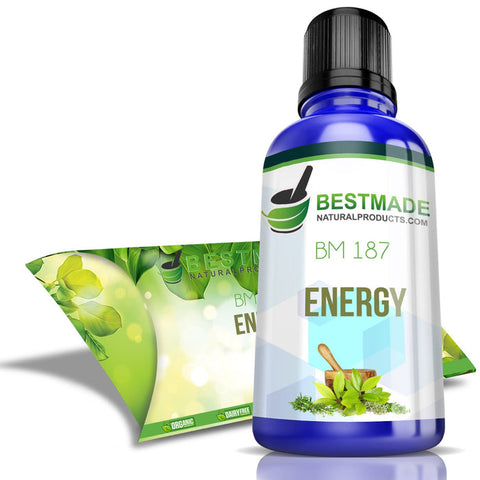
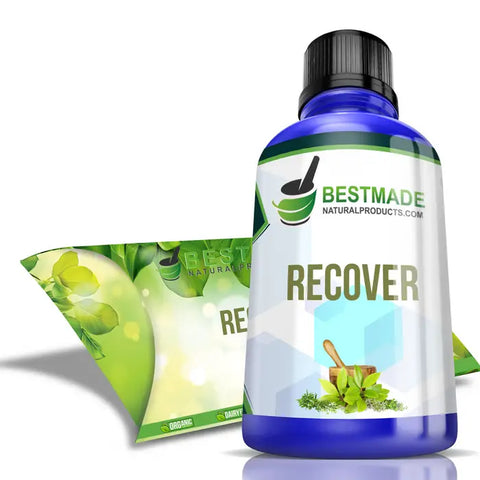
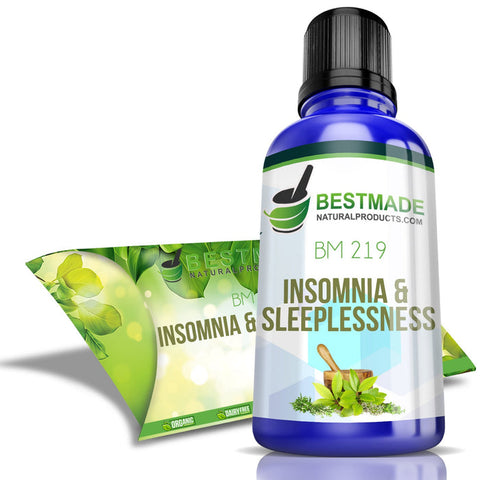
Laissez un commentaire